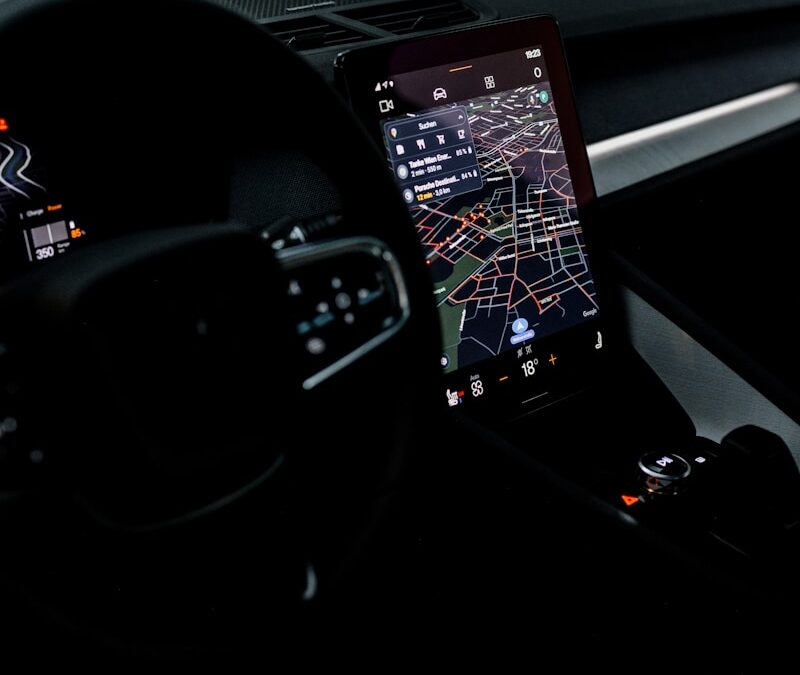Understanding the Jeep Hacking Incident and Its Implications
The Jeep Hacking Incident: A Wake-Up Call for the Automotive Industry
The Jeep hacking incident in 2015 was a significant event that highlighted the vulnerabilities in automotive IoT systems. This incident, involving cybersecurity researchers remotely taking control of a Jeep Cherokee, exposed critical security flaws and underscored the need for robust automotive IoT security measures. The consequences were far-reaching, affecting not only Jeep but also raising alarms across the entire automotive industry.
In this incident, researchers Charlie Miller and Chris Valasek demonstrated how they could exploit a vehicle’s infotainment system to gain access to its critical controls, such as braking and steering. This demonstration, published in Wired magazine, showed how hackers could remotely control a car, leading to serious safety concerns. The incident prompted Fiat Chrysler to recall 1.4 million vehicles to fix the vulnerabilities, showcasing the substantial impact of inadequate IoT security measures on both consumer safety and corporate reputation.
Broader Implications for the IoT Ecosystem
The Jeep hacking incident was not just a wake-up call for Fiat Chrysler but also for the broader IoT ecosystem. As vehicles become increasingly connected, with features such as autonomous driving and advanced infotainment systems, the potential attack surfaces expand. This incident underscored the need for automotive manufacturers and technology providers to prioritize IoT security to protect both their customers and their brand integrity.
For business executives and entrepreneurs in regions like Saudi Arabia, UAE, Riyadh, and Dubai, where technological innovation in automotive industries is rapidly advancing, the lessons from this incident are particularly pertinent. It highlights the importance of proactive cybersecurity measures in protecting connected vehicles from potential cyber threats. The incident also emphasizes the need for continuous vigilance and improvement in security protocols as IoT technology evolves.
Regulatory and Industry Responses
In response to the Jeep hacking incident, regulatory bodies and industry stakeholders have taken significant steps to enhance automotive IoT security. Governments and regulatory agencies have introduced stricter guidelines and standards to ensure the cybersecurity of connected vehicles. For instance, the European Union has implemented the UNECE WP.29 regulation, which mandates cybersecurity management systems for automotive manufacturers.
Automotive industry associations have also developed best practices and frameworks to guide manufacturers in implementing robust security measures. These initiatives aim to create a unified approach to IoT security, ensuring that all connected vehicles meet a minimum security standard. For regions like Saudi Arabia and UAE, adopting these global standards is crucial to maintaining consumer trust and staying competitive in the global market.
Strategies to Enhance Automotive IoT Security
Implementing Comprehensive Security Frameworks
To mitigate the risks highlighted by the Jeep hacking incident, automotive manufacturers must implement comprehensive security frameworks that encompass the entire lifecycle of IoT systems. This includes designing security into the hardware and software from the outset, rather than treating it as an afterthought. Security-by-design principles ensure that IoT devices are resilient against potential threats from the moment they are deployed.
Additionally, manufacturers should adopt a multi-layered security approach that includes encryption, secure boot mechanisms, and regular firmware updates. These measures help protect the vehicle’s systems from unauthorized access and ensure that any identified vulnerabilities can be promptly addressed. By integrating these practices into their development processes, manufacturers can significantly enhance the security of their IoT systems.
Continuous Monitoring and Threat Intelligence
Continuous monitoring and threat intelligence are critical components of an effective automotive IoT security strategy. By actively monitoring IoT systems for unusual activity or potential security breaches, manufacturers can quickly identify and respond to threats before they cause significant damage. Implementing real-time monitoring tools and leveraging advanced analytics can help detect anomalies and prevent cyber attacks.
Furthermore, participating in threat intelligence sharing networks allows manufacturers to stay informed about emerging threats and vulnerabilities. By collaborating with other industry stakeholders and cybersecurity experts, automotive companies can enhance their defensive capabilities and better protect their IoT systems. This collaborative approach is particularly important in the dynamic and fast-evolving landscape of IoT security.
Employee Training and Awareness
Another critical aspect of enhancing automotive IoT security is ensuring that employees are well-trained and aware of the latest security practices. Cybersecurity is a shared responsibility, and all employees, from developers to executives, play a role in maintaining the security of IoT systems. Regular training sessions and awareness programs can help employees understand the importance of cybersecurity and their role in protecting the organization’s assets.
For business leaders in Saudi Arabia, UAE, Riyadh, and Dubai, investing in employee training and awareness can significantly bolster their cybersecurity posture. By fostering a culture of security awareness and vigilance, organizations can reduce the risk of human error and ensure that security best practices are consistently followed. This proactive approach to training and awareness is essential for maintaining the security and integrity of automotive IoT systems.
Conclusion
The Jeep hacking incident served as a stark reminder of the vulnerabilities in automotive IoT systems and the critical importance of robust cybersecurity measures. For automotive manufacturers and business leaders in regions such as Saudi Arabia, UAE, Riyadh, and Dubai, the lessons from this incident underscore the need for proactive and comprehensive IoT security strategies. By implementing security-by-design principles, continuous monitoring, and employee training, organizations can significantly enhance the security of their connected vehicles and protect against potential cyber threats.
As the automotive industry continues to evolve with advancements in IoT, artificial intelligence, and blockchain technologies, maintaining a strong focus on cybersecurity will be essential for ensuring the safety and trust of consumers. By learning from past incidents and adopting best practices, businesses can secure their IoT systems and drive innovation in a safe and responsible manner.
—
#AutomotiveIoTSecurity #JeepHackingIncident #Cybersecurity #IoTSecurity #SmartTechnology #BusinessSuccess #LeadershipSkills #ProjectManagement #ArtificialIntelligence #SaudiArabia #UAE #Riyadh #Dubai













